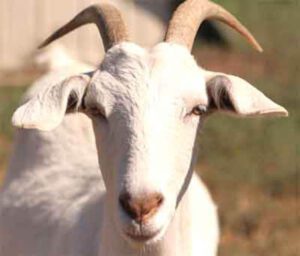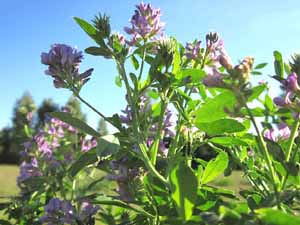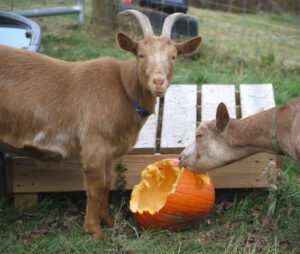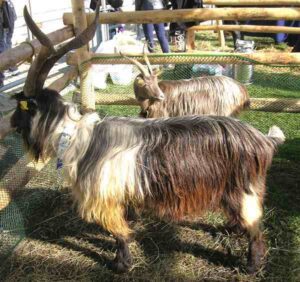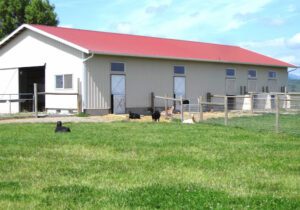Angora goats are world famous for their quality mohair production. They are relatively smaller sized goats and very hardy. They are raised mostly as pets and as a fiber animal. Angora goats produce mohair, not fiber or wool.
There are little differences between fiber/wool and mohair. Mohair bears some resemblance to wool but is smoother, thinner and naturally wrinkle-resistant.
Along with the strength and luster of mohair, it also has the ability to easily accept dye. And different classifications of angora goats, grow different types of mohair.
Guide for Grooming Angora Goats
Huge amount of hair in their body is an ideal place for living various types of external parasites. So regular grooming is very essential for angora goats to keep them free from all types of external parasites.
Regular grooming also helps to improve the quality of their mohair and keep them healthy. The process of grooming angora goats are very easy and simple. Here we are describing the process and importance of grooming angora goats.
Bathing
Goats usually hate to wet their body with water, until you are doing this for cleaning their body. Bathing after a certain period will help to remove different types of external parasites from their body.
Regular bathing also helps to make the brushing and shearing process easier. For bathing, just wet the goat, use livestock or goat shampoo and rub, and finally rinse. Don’t forget to keep other goats far and using a collar while bathing.
Brushing
Regular brushing is a very important part of grooming a goat. You can perform regular brushing for removing dirt from the body of your goats. Use hard brush for angora goats. Don’t brush them during their feeding time.
Nutrition
Good nutrition play a very important role in raising angora goats for mohair production. Usually goats are both browsers and grazers. But they prefer browsing than grazing.
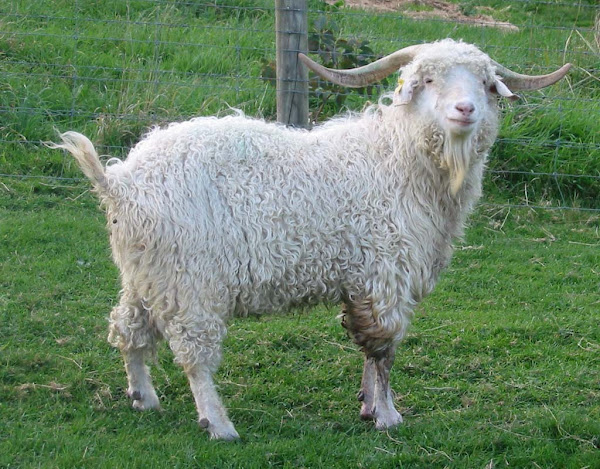
Angora goats boast especially for their good browsing and foraging talents. Along with raising angoras as pet and for mohair, you can also use them for cleaning up your brushy or weedy areas. Your goats will live happily and produce their maximum, as long as they have sufficient browse.
Notice the condition of the goat’s favorite plants, when pastures are short. Move your goats to an another pasture or start feeding them quality hay and cottonseed for protein, if there are insufficient browsing areas exist.
Perform regular worming program for keeping them healthy and preventing fleece damage from parasites (such as lice).
Along with nutritious feeding, always ensure supply of adequate amount of clean and fresh water according to the demand of your goats.
Shearing
Clean out the pens thoroughly, before shearing your goats. Because while shearing, the sheared fleece easily picks up contaminants such as hay or manure. So before shearing, clean the area as much as possible.
Ensure your goats are dry. It will be better if you put them inside their house for 24 hours before shearing. Try to use a plywood platform for sharing your goats (upon which you can place a goat stanchion or fitting stand).
Shear your youngest goats first, finishing with the oldest males. Usually angora goats are sheared twice annually. In the spring (before females give birth of kids), and prior to the fall breeding season.
Each time of shearing, their fleece reach about 4 to 6 inches length. You can hire professional shearers for large operations.
But if you are raising a few angora goats, then you can do it yourself. Various types of shears are available in the market. But most of the livestock shears are designed especially for sheep. You can use this sheep shears for shearing your goats.
Use a 20-tooth comb for your angora goats. You can also consider using electric horse clippers. Use a scissors for shearing, if you have only a single goat.
Put the goat in the stanchion and start shearing or cutting one side at a time. Start at the back and work forward.
Take your time and shear close to your goat’s body. Practice makes perfect. The time of shearing depends on your shearing skill.
Usually it should take one hour or less for shearing an adult angora goat. Form an adult goat, you can get about 5 to 10 pounds of usable fiber at each shearing.
Post-Shearing Care
Your goats need protection from the cold, until they start growing their coats back. After spring shearing, this should not be an issue. But it matters after shearing in the fall.
They require suitable shelter during this time, until the hair grows to an adequate length (usually for 6 weeks after shearing).
Give your goats additional energy enriched feed after shearing and this will help them to keep warm.
Fleece Care
After shearing, keep the fleece in a safe place. Usually burlap bags are very suitable and used for keeping fleece. But never use plastic bags. Because mohair buyers will not accept this.
While keeping, place tags on the bags with type of fleece inside. Also include the goat’s classification and age in the tags. Fiber of a kid is the most valuable to the buyers, and it has high demand and price.
Clipping
Clipping is an important part of grooming angora goats, if you want to prepare them for show. Clipping on a regular basis after a certain period also helps to feel them more comfortable.
Always use sharp blades for clipping. You can call an expert if you don’t know much about this process.
Trimming
Trimming the hooves of your angora goats will help to prevent some common foot diseases (such as foot rot). Trimming is a slightly difficult process, especially if you are a beginner.
So it will be better if you call an expert, or learn more about trimming from him/her.
These are the common process of grooming angora goats. Angora goats are beautiful and produce high quality, valuable mohair. So be very careful while grooming them and perform every steps carefully.
